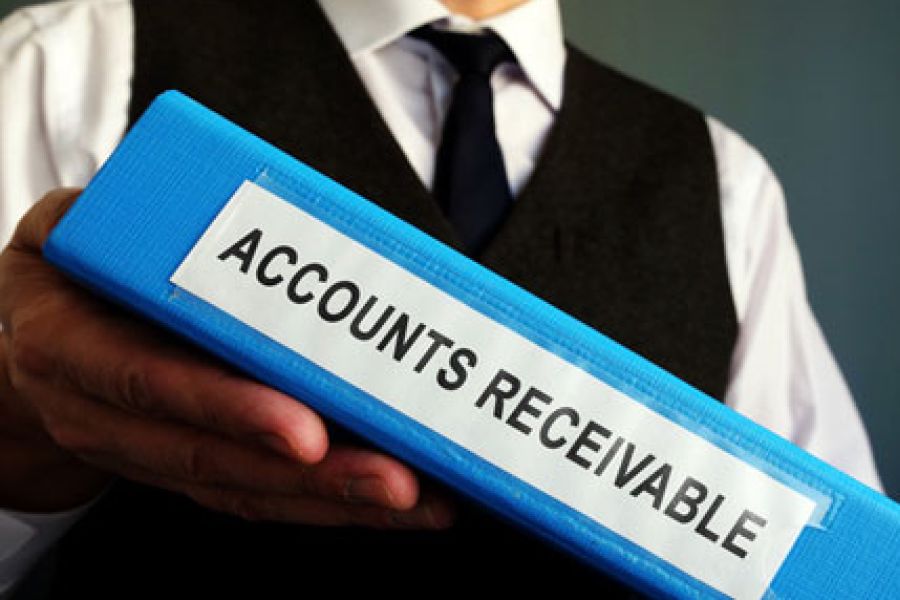How to Reduce Receivables Fraud Risk

One of the most common routes for occupational fraud perpetrators runs through the accounts receivable department. Unless you’re aware of these schemes and take steps to prevent them, your business could face serious financial losses.
Creative misappropriation
Receivables fraud occurs when dishonest employees divert customer payments for their personal use. The most popular method is known as “lapping.” It involves the application of receipts from one account to cover misappropriations from another. For example, rather than credit Customer A’s account for its payment, a dishonest employee pockets the funds and later posts a payment from Customer B to A’s account, Customer C’s payment to B’s account and so on.
Dishonest employees also often abuse discounts and write-offs. Instead of crediting a payment to the customer’s account, fraudsters might pocket the funds and then record a bad debt write-off or a discount to the customer’s account. Despite the diversion of incoming payments, the customer’s account will reflect the expected current balance.
Segregate duties
Fortunately, there’s a fairly simple way to address receivables fraud risk: Segregate the duties of your employees. This means that the employee who handles incoming payments from customers should be different from the person who handles invoicing. Also consider assigning a different employee to manage customer complaints. (Such complaints often increase when receivables fraud is occurring.)
In addition, require mandatory vacation time for all employees. Receivables schemes typically require their perpetrators to remain vigilant — and in the office — to avoid detection. For this reason, it’s also advisable to rotate job duties among accounting staffers.
Transactions under scrutiny
When receivables fraud is suspected, a forensic accounting expert may use several methods to uncover illicit activities. The expert might trace a sample of cash receipts to the sales ledger and deposit slips to find discrepancies in dates, payee names and amounts. Or, the expert might compare deposit slips against the books and send requests for confirmations to a sample of customers to verify current balances and payment histories.
Items that typically are scrutinized are bad debt write-offs, accounts with unexplained credits, increased customer credit limits and random adjustments to the accounts receivable ledger. To identify perpetrators and find internal control weaknesses, experts often interview employees.
Regular reviews
Although many fraud opportunities exist in the typical company, receivables usually present one of the most lucrative for employees bent on appropriating assets. In addition to segregating tasks, arrange for management to review accounting records regularly and consider hiring outside experts to perform occasional surprise audits.
(This is Blog Post #987)


